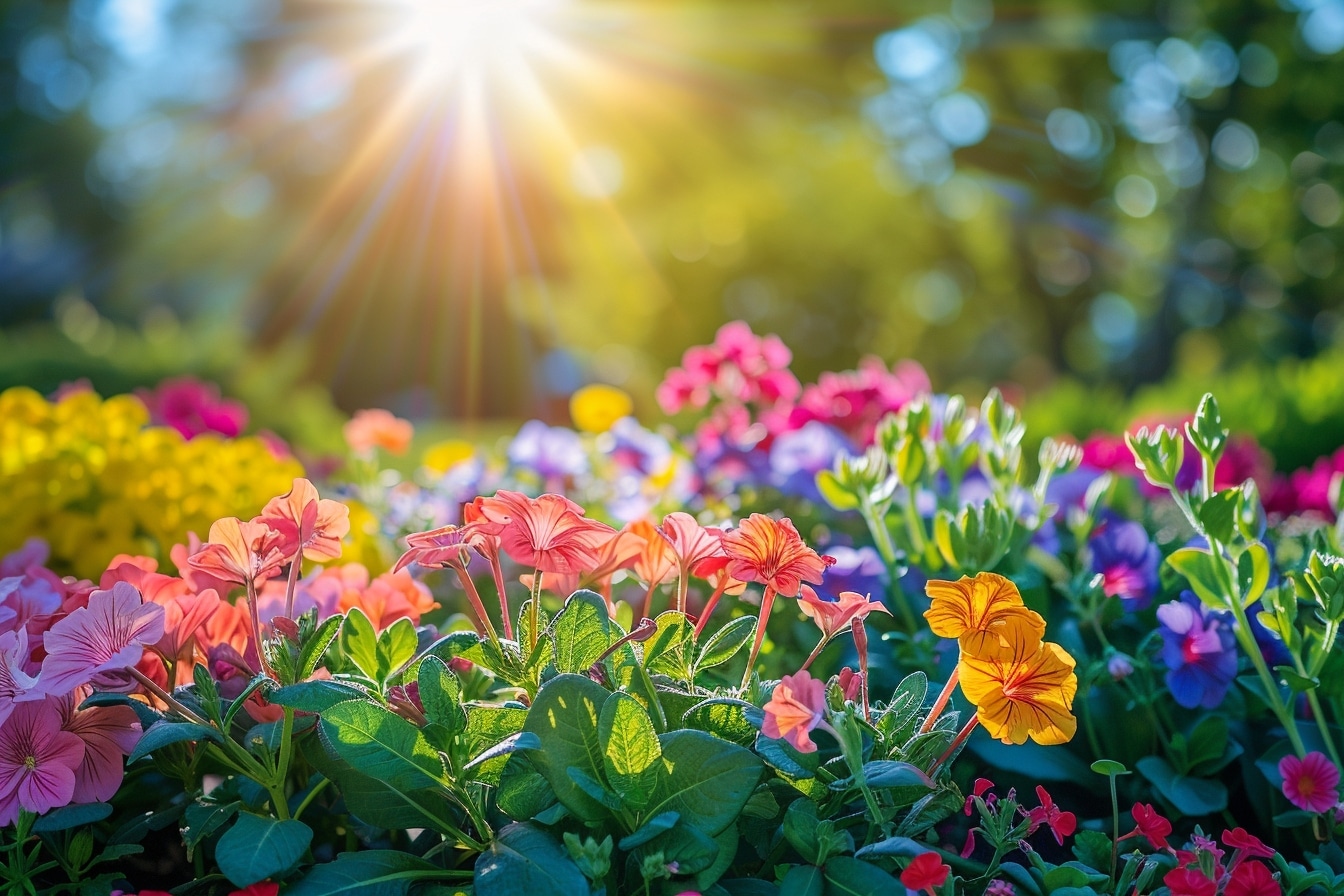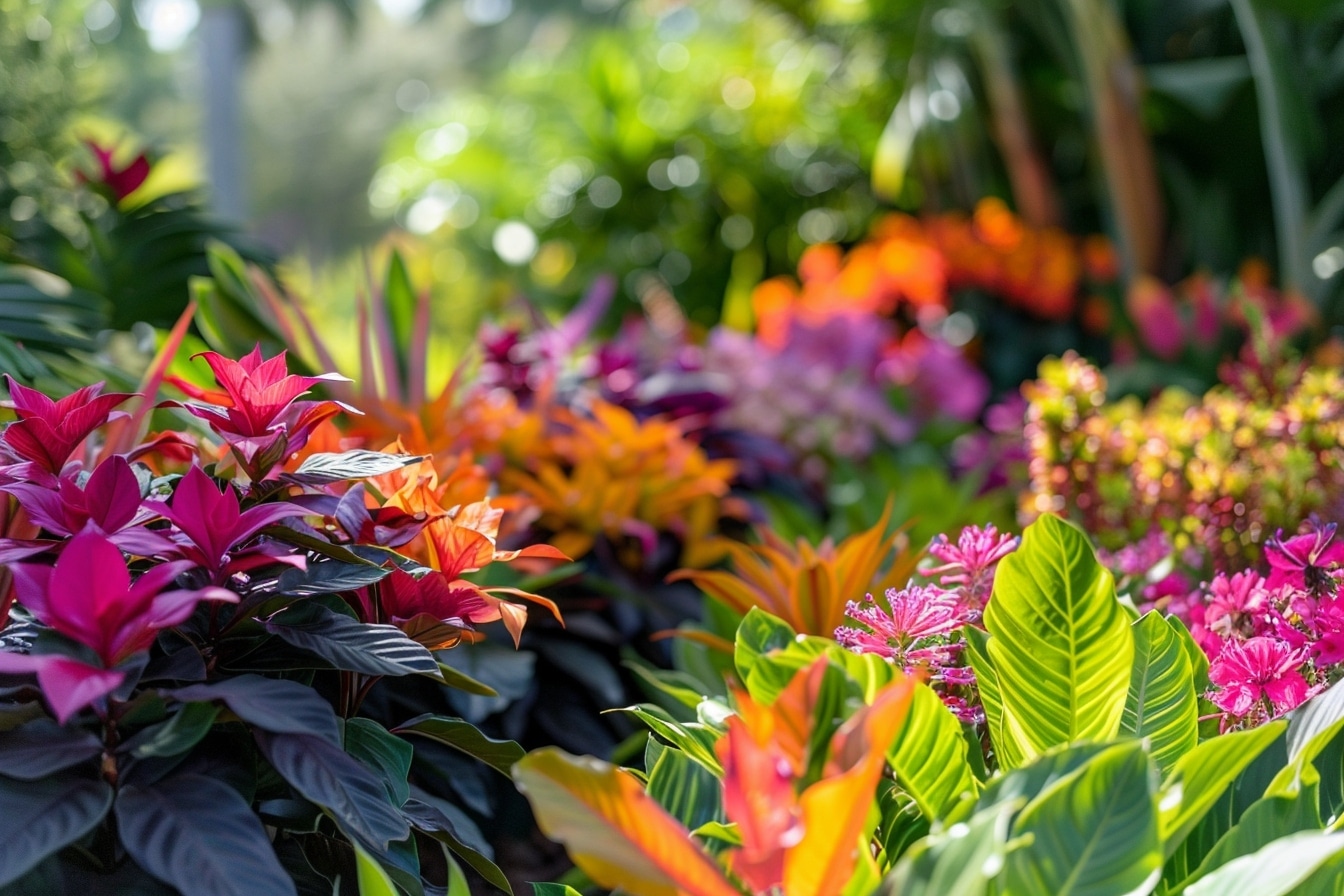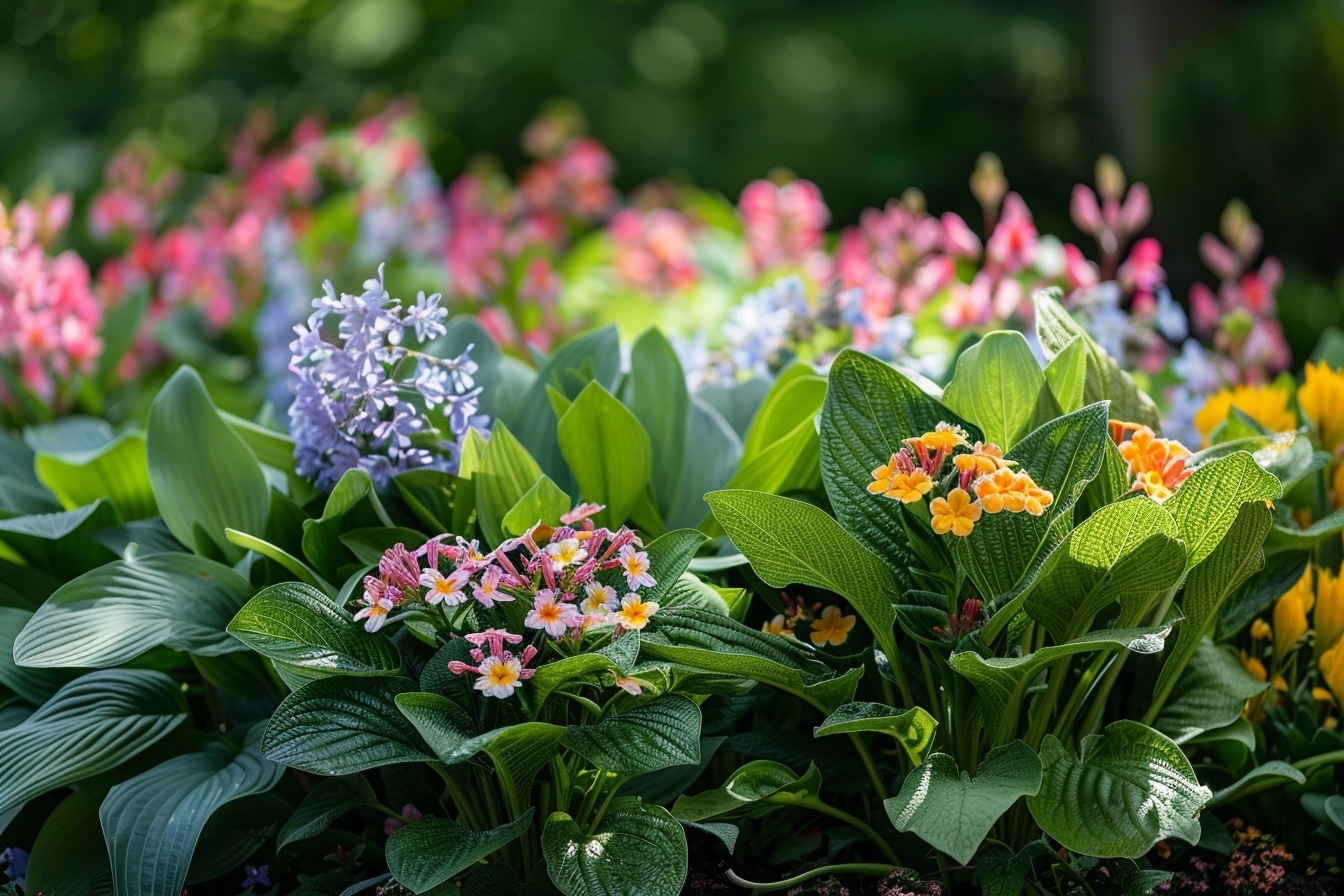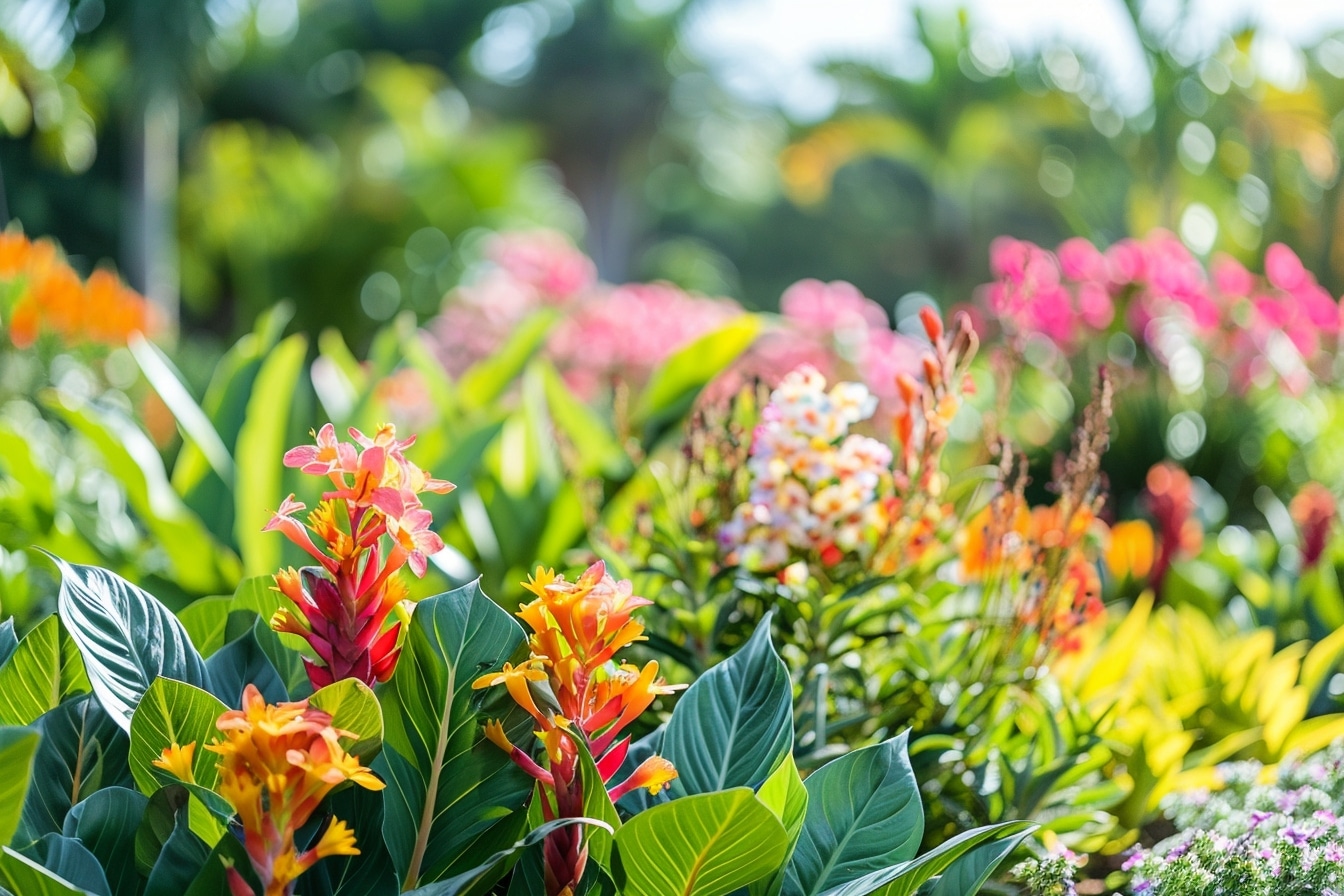Perennial Power: A Comprehensive Guide to Understanding and Cultifying Enduring Plant Wonders in Your Garden

Vast and diverse, perennial plants are distinguished from other types of plants by their ability to live for several years. Unlike annuals which complete their life cycle in one season, or biennials which extend their existence over two years, perennials persist and often thrive over multiple growing seasons. The secret of their longevity lies partly in their roots, bulbs or rhizomes, which survive underground during the winter, allowing the plant to grow back vigorously from the first warmth of spring.
Benefits of perennial plants in the garden

Durable and aesthetic, the perennial offers a multitude of advantages that appeal to amateur and professional gardeners alike. Their ability to grow back each year allows you to create gardens that evolve and become more beautiful over time, without requiring annual plantings. Economical, they also reduce costs by avoiding the purchase of new plants each season. Robust, they develop strong root systems which make them less water intensive and often more resistant to diseases and pests.
The diversity of perennial plants
A world of beauty and variance is revealed through the range of perennial plants. From dazzling blooms to delicate or colorful foliage, including varied heights and postures, there is a wonderful palette to satisfy all desires and adapt to all types of gardens. Some tolerate extreme conditions of drought or cold, while others require a more temperate environment. It is therefore essential to choose your perennials carefully according to the climate and exposure of the garden.
Choosing the right perennials for your garden

The art of selection the ideal perennial plants for your green space cannot be improvised. Several criteria must be considered: the type of soil, the sunshine, the climate, but also the desired effect. Some perennials are ideal for creating borders, others will work wonders in beds or rock gardens. Factors such as the flowering period, the height at maturity or the color of the flowers and foliage must also be taken into account for a harmonious result.
Soil and climate
Essentials for Growth, the type of soil and the climatic conditions will determine the species of perennials that can thrive in your garden. Some plants require well-drained soil while others thrive in heavier, moist soil. In terms of climate, perennials are classified according to hardiness zones. These zones define their ability to survive the cold and should always be consulted before purchasing a perennial.
The desired effect
The gardener’s goal greatly influences the choice of perennials. For lovers of wild gardens, native or natural-looking species will be favored. If you want a structured garden, perennials with a rigid habit and a clearly defined silhouette will be more appropriate. Perennials can also be chosen to attract wildlife, particularly pollinators such as bees and butterflies, which promotes biodiversity within the garden.
Planting perennials
Get off to a good startis ensuring that perennial plants establish themselves well in your garden. The ideal planting is in spring or fall when temperatures are mild and humidity is higher. This is also the time when the soil is easier to work. Before planting, it is advisable to enrich the soil with compost or another organic amendment to provide the nutrients necessary for growth. Regular watering after planting is crucial to promote rooting.
the location
The choice of location is decisive for the success of perennial plants. Exposure to sun or shade must correspond to the specific needs of each species. A full sun perennial planted in the shade may not flourish properly, and vice versa. It is also important to take into account the height and shape of the plant when mature to prevent taller perennials from shading or smothering those of smaller size.
Watering and maintenance
Regular maintenance ensures abundant flowering and health of perennial plants. Although generally less demanding than annuals or biennials, perennials still require appropriate watering during periods of drought and a supply of nutrients through fertilization. Removing spent flowers often stimulates new blooms. End-of-season cleaning with pruning or cutting back aerial stems promotes better cold resistance for non-evergreen plants.
The association of perennials with other plants

Harmony in the garden is also created by combining perennial plants with other types of plants. Grasses can add texture and movement, while annuals or bulbs will inject dramatic pops of color at different times of the year. Playing with heights, shapes and colors allows you to create dynamic and lively compositions. Don’t hesitate to mix perennials with shrubs and small trees to achieve a more permanent structure and expanded seasonal interest.
Contrasts of textures and colors
A palette of sensations is at hand by mixing the different types of foliage of perennials. Large, smooth leaves can be juxtaposed with finer, cut-out foliage for a striking contrast effect. Bloom colors can be matched or clashed depending on the desired effect, with complementary hues or bold combinations that catch the eye and captivate.
Perennials and wildlife
A certain ecological role, perennial plants help conserve local wildlife. By choosing nectar species or host plants for certain butterfly caterpillars, the gardener integrates his green space into the life chain of numerous insects and birds. This helps create a healthy and balanced environment where biodiversity can flourish.
Multiplication and sharing of perennials
The abundance of perennials often allows them to be divided and shared. This propagation technique is not only economical, but it also contributes to the vitality of plants by avoiding their excess in the same place, which could lead to competition for resources and general weakening. Some perennials tend to naturalize and can be harvested for replanting or gifting, creating connections within the gardening community and enriching other green spaces.
Nourish the mind through gardening with perennial plants, you are engaging in an approach that is both aesthetic, economical and ecological. Cultivating these enduring beauties means ensuring the garden is constantly evolving, a delight for the eyes and the soul, season after season.
Comments
Leave a comment